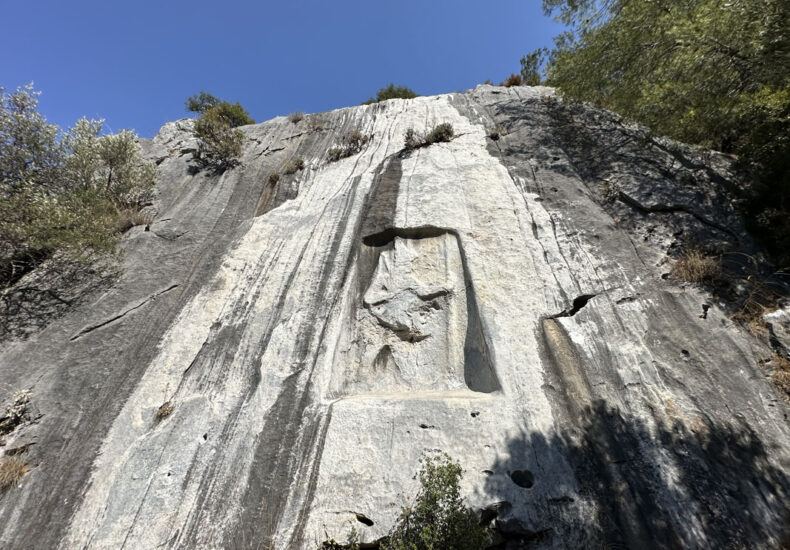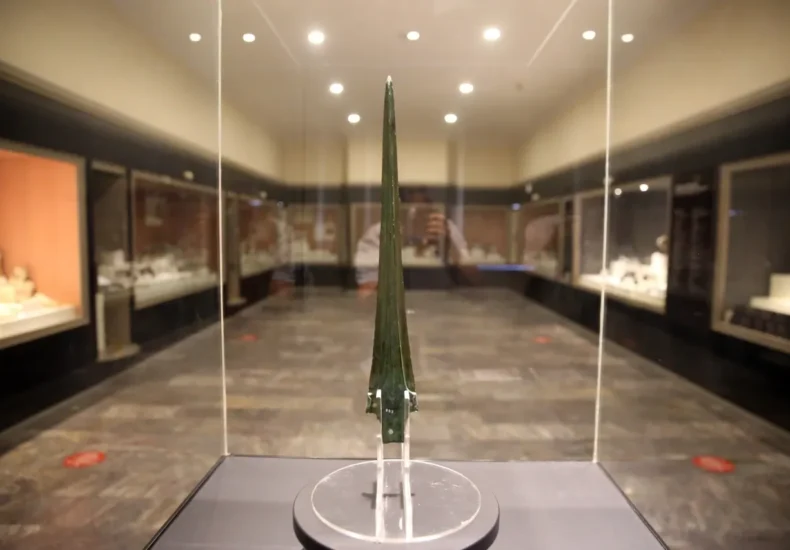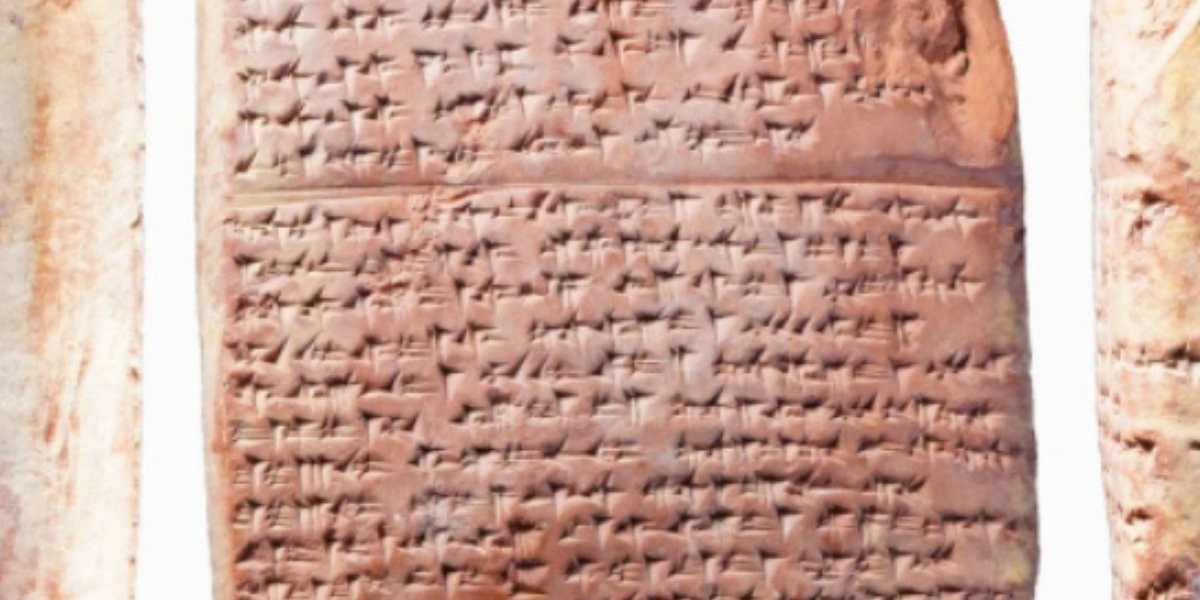
Forgotten Hittite Legacy in İzmir: Karabel Rock Monument Cries for Help
Hidden among the rugged hills of western Türkiye, the Karabel Rock Monument, a rare and invaluable Hittite relic, is slowly deteriorating due to neglect, vandalism, and lack of protection. Situated along the Kemalpaşa–Torbalı road in İzmir, this ancient site stands as one of the last surviving examples of Hittite rock art in Anatolia. A 3,000-Year-Old

Rare 3,500-Year-Old Hittite Sword Now on Display at Kastamonu Museum in Türkiye
A rare bronze sword dating back 3,500 years to the Hittite civilization is now on public display at Kastamonu Museum in northern Türkiye. The artifact is part of a newly opened bronze exhibition titled “102 Exhibitions for the 102nd Anniversary: A Journey Through Anatolia’s Cultural Heritage in the Light of the Republic.” Measuring 42 centimeters

The 3,500-Year-Old Hittite Linen Fabric Discovered 30 Years Ago is Being Exhibited for the First Time
The 3500-year-old Hittite linen fabric, unearthed during archaeological excavations at the Şapinuva archaeological site in Çorum’s Ortaköy district in 1995, has been exhibited for the first time at the Çorum Museum. This rare find provides significant information about the Hittites’ textile technology and cultural heritage. This priceless piece of fabric, found during excavations led by

“Hittites” Exhibition in South Korea
The “Hittites” exhibition, featuring 212 artifacts brought from Türkiye, has opened at the Baekje Museum in Seoul, the capital of South Korea. The exhibition showcases significant artifacts from the Hittite civilization, selected from the museums in Çorum, Boğazköy, and Alacahöyük. During the opening of the exhibition, Birol İnceciköz, the General Director of Cultural Heritage and

Royal Divorce Decree from the Hittite King to Ugarit: 3300-Year-Old Scandalous Love and Political Intrigue
A royal scandal lost in the dusty pages of history comes to light after 3300 years. The divorce decree sent by Hittite King Tudhaliya IV to Ugarit King Ammistamru II is not just a declaration of separation, but also reveals the political intrigues, personal dramas, and legal regulations of the period. Secrets Hidden in the

Kalašma, the lost language of Anatolia, decoded
A tablet found during excavations in Hattuša (today’s Boğazkale), the capital of the Hittite State, in 2023 revealed the existence of a lost language, Kalašma. According to scientists, Kalašma was used by a people named Kalašma who lived in the vicinity of Gerede district of Bolu province in modern-day Türkiye. “These texts show that Anatolia

The arrival of spring in the Hittites was celebrated with the Purilli Festival
Spring is a season of abundance, fertility, and the beginning of new lives for humans, and it is a season with many meanings. Therefore; the arrival of spring was welcomed with celebrations, feasts and sacrificial ceremonies. Celebrations differed according to the geography of the people. Each society celebrated the arrival of spring according to its

Trade, Money and Interest in the Hittite Economy
The Hittite state was founded in 1650 BC. It grew stronger over time and took its place in history as one of the great empires of the ancient world. The archives found in Hattusa, the capital of the Hittites, have also provided important information about this society. All of the records found, especially in the

Hattusa: A Journey into the Heart of the Hittite Empire
Hello history enthusiasts! Today, let’s embark on a time-traveling adventure to Hattusa, the mysterious capital of the Hittite Empire, peacefully resting in the vast plains of modern-day Turkey. Hattusa has piqued the curiosity and enchanted researchers for years, existing as an archaeological treasure trove. Let’s take a glimpse into the unknown world of this fascinating

Scientists have the deciphering of the Anatolian hieroglyphs discovered in the Yerkapı Tunnel in Hattusa
The deciphering of the Anatolian hieroglyphs discovered during last year’s Hattusa excavations, led by Prof. Dr. Andreas Schachner, has been completed. The Anatolian hieroglyphs discovered in the Yerkapı Tunnel in Hattusa last year revealed new information about the person responsible for constructing the tunnel. The hieroglyphs contain the name and title of the individual in
